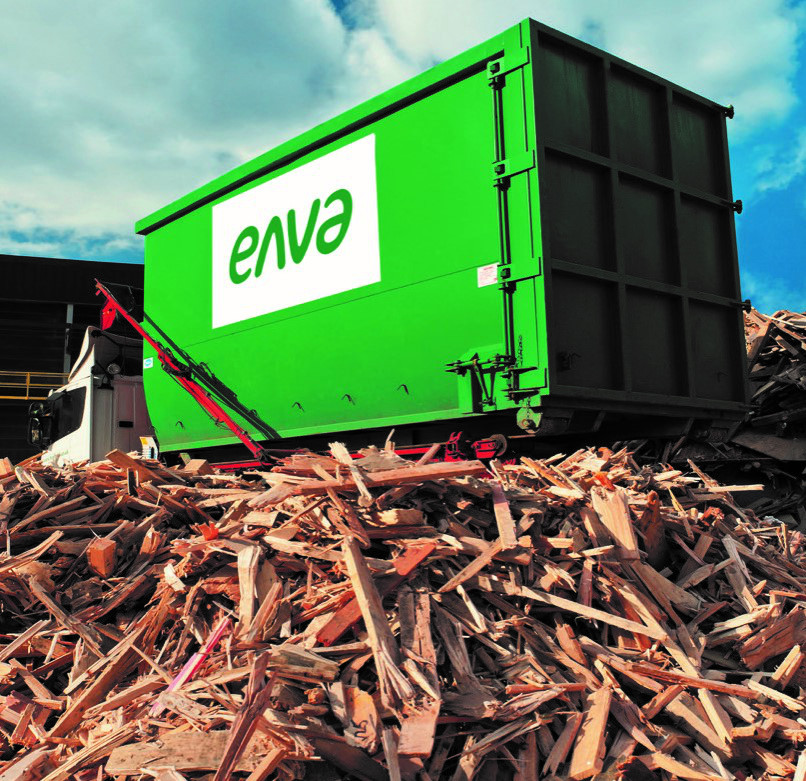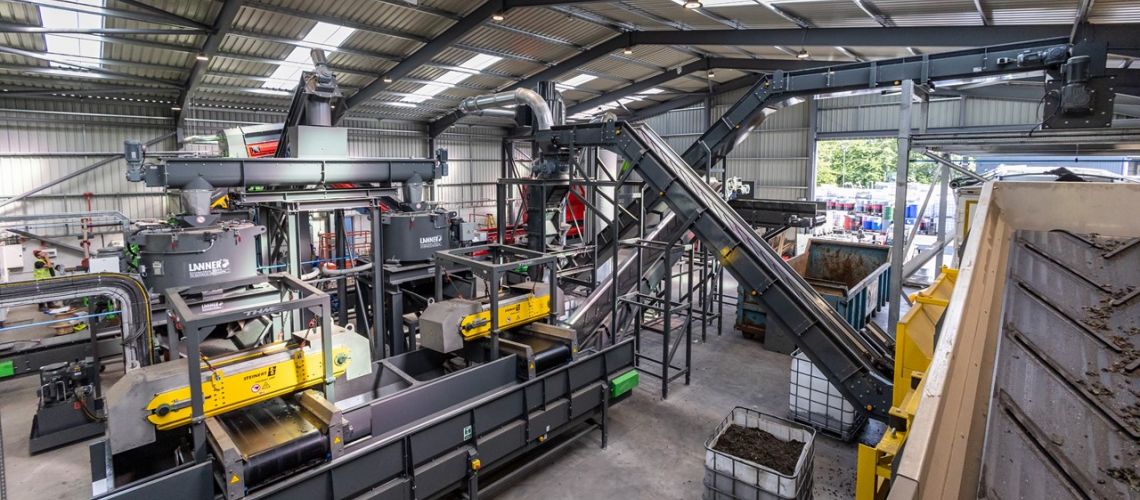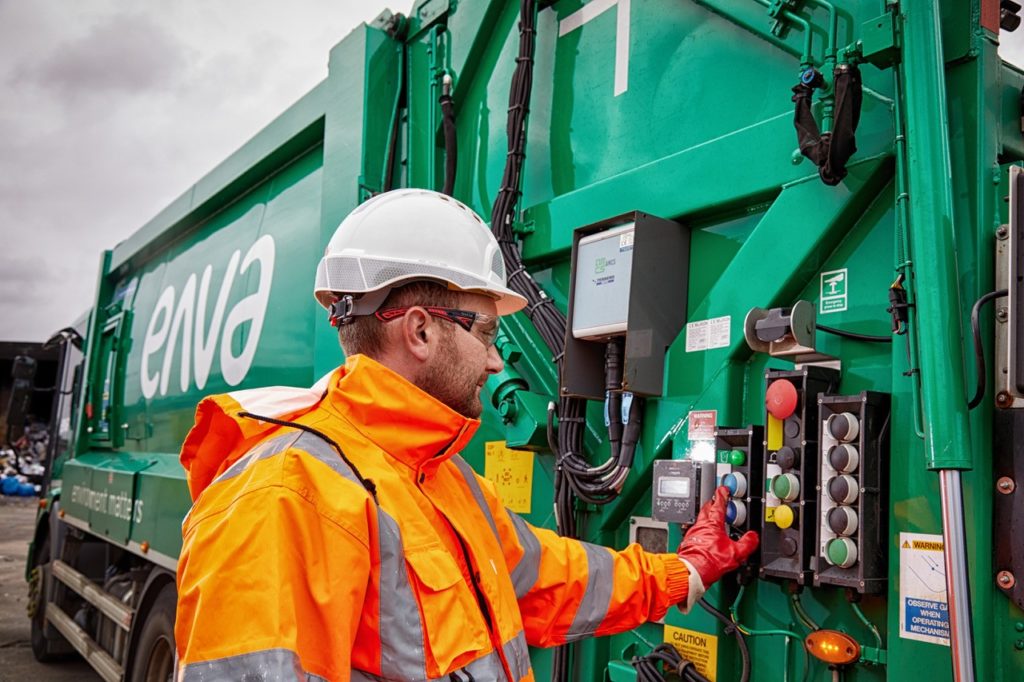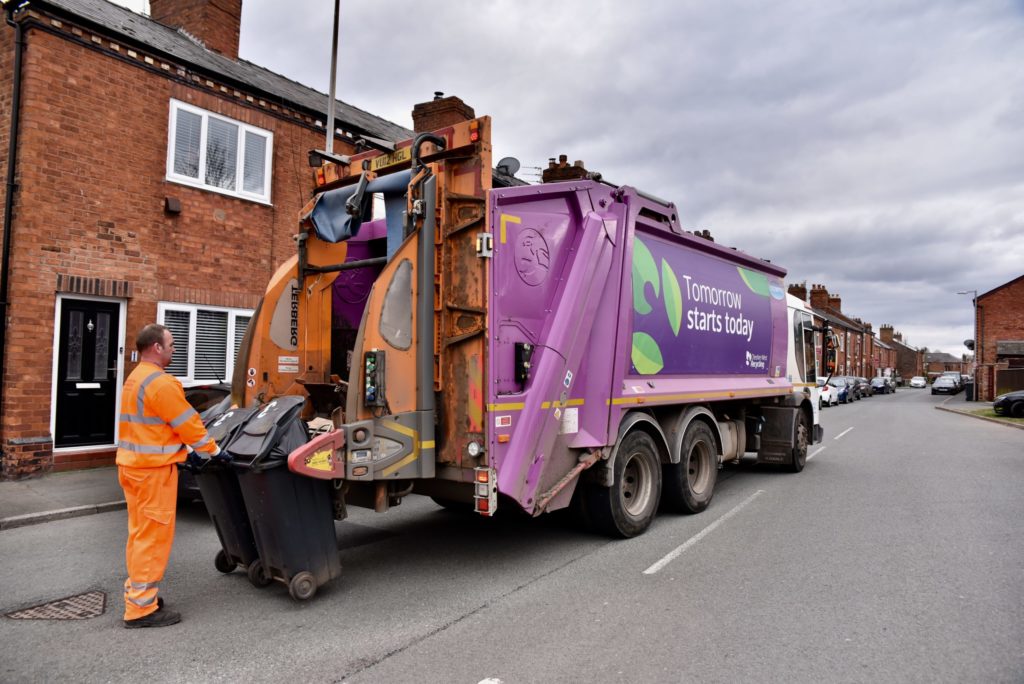Enva provides waste management and resource recovery solutions across the UK, operating at 30 facilities in the UK and Ireland.
The firm manages a broad range of hazardous and non-hazardous waste materials, using them in creating secondary materials for reuse in manufacturing. Speaking to letsrecycle.com, Mr Walsh has highlighted how the use of these can help companies reduce their costs as well as their carbon footprint.
Costs
He explained: “All sectors that generate waste material are feeling the impact of increased input costs and they are coming to us for solutions on waste management.” He added that the even though Enva is subject to the same cost pressures, it is “constantly challenging” itself to deliver savings to its customers.
Breaking down how the company achieves this, Mr Walsh explained that the waste-derived materials that Enva produces typically trade at a discounted rate to their virgin equivalent.

As an example, he said that in Scotland, the company produces a substitute for quarried sand from hazardous fly ash, which previously went to landfill. This can be sold to the concrete industry at prices that are cheaper than virgin aggregate, “which will become even more so as aggregates levy increases,” Mr Walsh explained. He added that the company also processes waste wood for reuse in the panel board industry, which comes at “significantly better” prices than virgin wood.
However, Mr Walsh acknowledged that there can be exceptions to this rule. This has been observed with plastic and the price of recycled material soaring with the introduction of the plastic packaging tax earlier this year, which required packaging to include at least 30% recycled plastic.
“It’s true that the gap between the cost of virgin and secondary material has been declining in recent years,” Mr Walsh stated. He outlined that this is for a number of reasons, “one of them being that the industry has been successful in dealing with old perceptions around waste-derived material being of inferior quality”.
Multiple drivers
But lower cost is only one of the drivers for the use of recycled material, Mr Walsh continued. “The greater driver is the recognition of the lower carbon intensity of the recovered material,” he said. “It becomes a very important feature of the material we’re selling at Enva. Part of our proposition is that we will always accompany the waste-derived material we produce with a lifecycle assessment of its carbon intensity in comparison to its primary equivalent.”

“Five years ago, we were only starting to learn about Scope 3 carbon emissions but that is starting to change, and a lot of companies are committing to certain targets,” Mr Walsh remarked. “The carbon intensity of the material is becoming a very prominent value feature and that’s where secondary materials have a significant advantage.” Circling back, he added that it is due to this advantage that the price gap is closing.
Moreover, using recovered materials results in significantly lower energy input required in the manufacture of new products, according to Mr Walsh. “This makes a big difference, given that energy is one of the biggest issues at the moment.”
He then explained that the cost benefits also apply to the other end of the supply chain – the waste generating customer. “We can take their waste materials and find new ways of adding value. Part of this is passed on in the form of lower waste management costs for them.”
Another value, Mr Walsh continued, is the fact that waste derived materials are typically local materials. He outlined that Enva produces a range of industrial fuels: “One of the attractions of this material is that it’s not subject to the same geopolitical and supply chain risk that traditional carbon fuels are.”
Approach
Describing Enva’s approach, Mr Walsh stated that the company “tends to focus on waste materials where the material itself has got a high latent value that hasn’t yet been unlocked”. He added that this can often be hazardous materials.
“Secondly, we tend to focus on materials that are not already well served,” he said, using the example of paper and card, which Enva handles a lot of but “has no real ambition” to deliver the resource recovery step. Instead, the company prefers to deal with lower volume niche materials, because “within those are the greatest opportunities to unlock value”.

To illustrate this, Mr Walsh mentioned Enva’s recent investment in its Bilsthorpe facility outside of Nottingham, which takes waste oil filters. “When broken down, it’s valuable metal, plastics, waste oil and some less valuable waste residues,” he explained. “We found a way of dismantling what was previously a negative value difficult waste material and bringing it back to the inherent components which all have positive market values.”
Some other materials that the company works with are hydrocarbons, for which Enva has a research and development centre of excellence at the Bilsthorpe facility, Mr Walsh said. Additionally, Enva’s Lincolnshire facility takes difficult-to-recycle plastics, “mainly waste electrical and electronical equipment as in small domestic appliances, about 40% of the waste is plastics”.











Subscribe for free